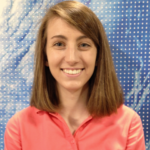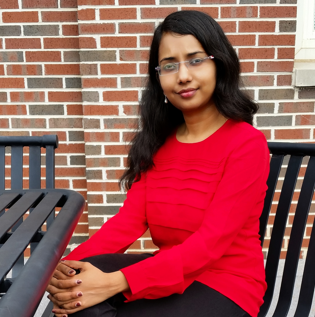By Alison Spencer. When you bite into a delicious fresh orange, you probably don’t think about all that had to happen for it to get to you. For one, the tree had to survive sickness so that healthy fruit could be picked and delivered to a store near you.
At UC Riverside, researchers try to cure diseases in plants, especially the citrus varieties Southern California is famous for. And Neerja Katiyar, a UCR bioinformatics programmer, plays an important role in keeping California’s plants healthy. Researchers rely on programmers like her to determine how diseases work on a genomic level.
To figure out what plant genes are responsible for causing disease, Katiyar compares the genetic sequences of healthy and diseased plants. The process starts in the lab, where technicians extract genetic material from a diseased plant. Katiyar performs quality control analysis and converts DNA sequencing data to a readable format. “It’s very important to make sure that accurate data is received by the researcher,” Katiyar said.
Katiyar compares the resulting data to references on what a healthy plant’s genetic material looks like. She counts the differences for each gene between the two samples. Then, she uses statistical analysis to determine if the differences between the healthy and diseased plants are significant or not. The process reveals what genes could be responsible for causing diseases and thus deserve further investigation by researchers.
“We always hope in bioinformatics that at the end we’re able to eliminate disease, either by changing genes in plants or developing a drug for humans,” Katiyar said. This possibility is what initially drew Katiyar to bioinformatics. “Curing diseases is my long term goal for life,” said Katiyar. Along the way, she also enjoys teaching students and postdocs about the possibilities that bioinformatics offers. “The work is fun, and very promising,” she said.
 Alison Spencer is a UC Berkeley student, and intern at UC Office of the President.
Alison Spencer is a UC Berkeley student, and intern at UC Office of the President.







